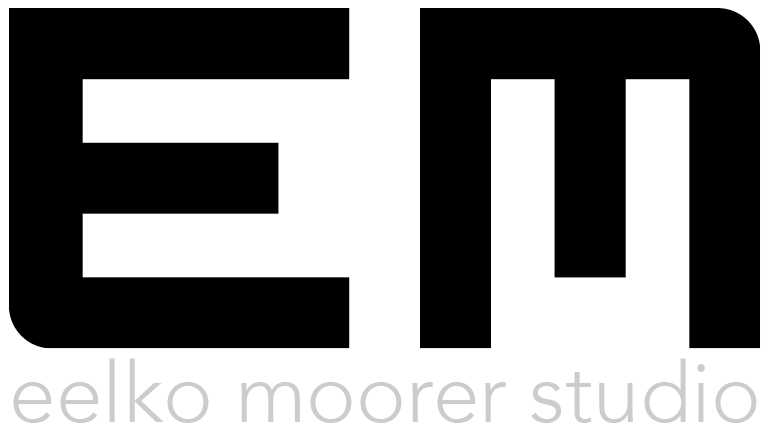THE PERVERT’S CRITIQUE and MANNERISMS IN THE MARGIN OF FOOTWEAR AND ACCESSORY DESIGN
Abstract for paper presented at “Imagining the Unusual: Cognitive Dissonance, Pattern Breaking and Other Fantastic Beasts”: An interdisciplinary conference in Moscow, September 2019
We live in an increasingly bland and homogenous culture of consensus where an anti-intellectualism presides. A mercantile culture of commodity fetishism and objectification both in everyday life as well as in education. Accessories are those things that cling on to a larger structure, they are the margins yet informing the centre. This paper explores how these margins can effect and challenge the centre. How can the eccentric, the exotic, the bizarre and strange furnish the aesthetic, the escapist, or the ideological possibilities of designed objects?
Conceptual design offers a space, free from market pressures, in which design can engage in and explore new areas in order to experiment and develop alternative methodologies related to larger social and cultural issues and anticipate possible futures. Such critical and speculative design methodologies can contribute to different ways of thinking about footwear and accessories. The designers’ projects discussed in this paper aim to provoke thought about our current way of life in the form of two papers: THE PERVERT’S CRITIQUE and MANNERISMS IN THE MARGIN OF FOOTWEAR AND ACCESSORY DESIGN.
Starting with THE PERVERT’S CRITIQUE where a few of Moorer’s own projects investigate how accessories, as commodity fetishes par excellence, can invert and turn on itself as it were. Deconstructing several accessories from his own practise through the lens of Deleuze’s essay ‘Coldness and Cruelty’ the aesthetic construction of the fetish is laid bare. In doing so, it shows that fetishism itself can partake in cultural discourse and criticise. How can the concept of the perverse function as a voice within critical design practice as a critique ‘unmotivirt’?
The paper then asks in MANNERISMS IN THE MARGIN OF FOOTWEAR AND ACCESSORY DESIGN how design education can reclaim its place at the forefront of social and cultural change discussing projects that are social and critical as well as speculative. Offering new perspectives for possible future scenarios that challenge instead of enhance the mediocre. In other words, how can critical pedagogy participate to inform critical design proposals exploring the possibility for design to function as an aesthetic counter-discourse through subversion and re-purposing in order to offer alternatives to the soulless pathology of normality and increasing monotony in our culture reflected by the contemporary design of the everyday?

